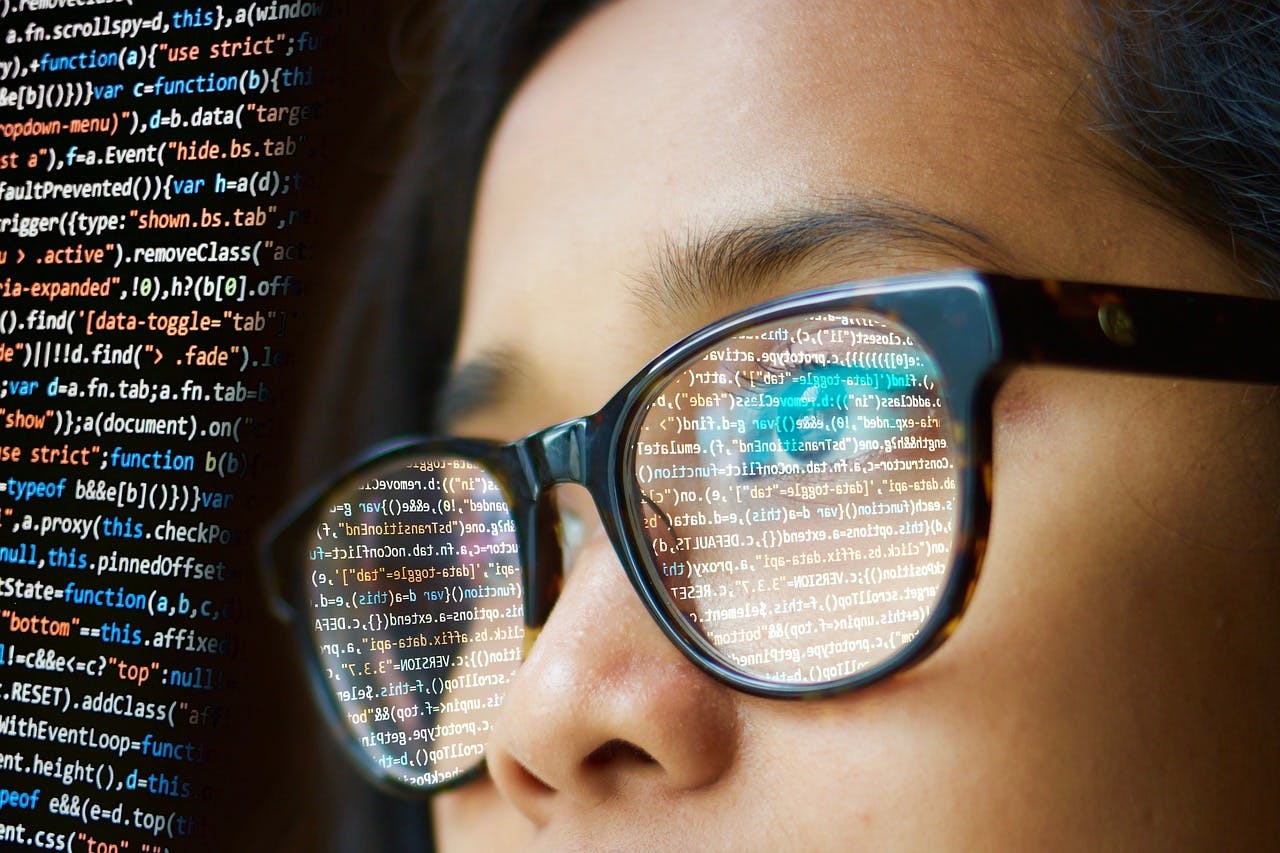Reimagining Drug Discovery With Autonomous Intelligence
In early 2020, Pfizer and BioNTech delivered what many thought was impossible: a viable COVID-19 vaccine developed and distributed in record time. It was a monumental achievement in modern medicine. But as someone working closely with AI agents in complex, high-stakes systems, I often wonder if that process could’ve been even faster.
This is not about rewriting history. It asks: How can we prepare smarter for the future? Could the AI agent systems we’re building today have accelerated the race for a vaccine? I believe the answer is yes.
🧠 What Are AI Agents?
In plain terms, AI agents are systems that can reason, act, and learn over time, often working autonomously, with a clear sense of memory, goals, and feedback. Unlike traditional software, they aren’t just passive tools. They’re active collaborators.
We use them in software engineering to automate code reviews, triage bugs, and optimize performance. However, the same framework can be extended beyond code into healthcare, drug discovery, and clinical trials.
💉 The Vaccine Pipeline Agent by Agent
Let’s take a step back and reimagine the COVID-19 vaccine development process as powered by a team of AI agents. Each one plays a unique role:
1. Trial Designer Agent
Takes in epidemiological data, past trial structures, and mutation forecasts to draft optimized protocols in hours, not weeks. It adapts trial arms based on real-time inputs from the field.
2. Literature Scout Agent
Scans tens of thousands of scientific papers and updates researchers daily. Instead of manually reviewing papers, scientists would get distilled, tailored insights synthesized from the latest studies.
3. Adverse Signal Agent
Predicts likely side effects before they appear. It learns from global vaccine databases, patient records, and similar case studies to flag early risks and adapt trial criteria.
4. Regulatory Agent
It understands FDA, EMA, and WHO documentation requirements. It formats outputs automatically to ensure smoother submissions, with proper justifications and auditability built in.
Each agent can run 24/7, adapt based on feedback, and collaborate with others through a central reasoning layer. Think of it as a tireless digital task force working in sync with real scientists.
⚡ What Would This Have Changed?
|
Phase |
Traditional Timeline |
With AI Agents |
Benefit |
|---|---|---|---|
|
Protocol Design |
2–3 weeks |
~1 day |
Faster iteration |
|
Literature Integration |
Manual & slow |
Continuous synthesis |
No missed insights |
|
Risk Modeling |
Post-trial analysis |
Pre-trial + real-time |
Proactive risk mitigation |
|
Regulatory Formatting |
Reactive |
Embedded from start |
Faster approval and delivery |
This doesn’t mean replacing people. It means freeing them from the repetitive and time-intensive parts of the job, allowing them to focus on judgment, innovation, and ethics.
🚀 Beyond COVID: A New Model for R&D
We’re talking about a new category: CRaaS Clinical R&D as a Service. These AI agents could be deployed securely across research teams, hospitals, and pharma companies, sharing knowledge in real time while respecting data boundaries.
Federated learning, explainability, and memory-enhanced LLMs would form the backbone. What email was for communication? These AI agents could be used for discovery.
👋 Final Thoughts
Pfizer set a historic precedent. But we’re now entering an age where speed alone isn’t enough; we need smart speed. With the right agent-based systems in place, the future of drug discovery could be safer, faster, and far more collaborative.
I’ve seen the impact of AI agents in software development firsthand. There’s no reason we can’t apply the same logic, architecture, and intelligence to solving healthcare’s biggest challenges.
If you’re working on this problem, I’d love to collaborate.
Written by Tanush Sharanarthi, a staff software engineer at IBM who builds real-time multi-agent systems for intelligent developer tools and enterprise platforms. Passionate about using AI to solve problems that matter.









